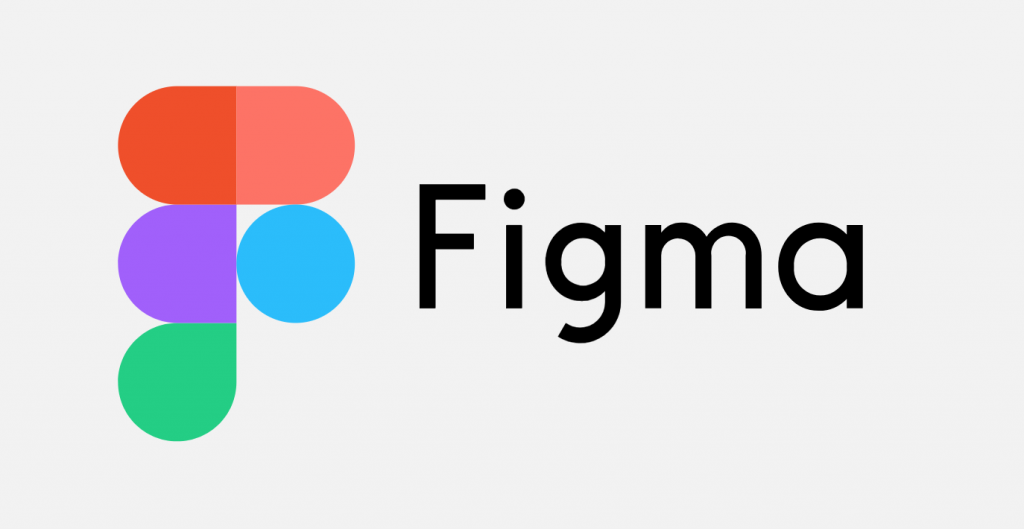In the dynamic world of design, where collaboration and innovation are key, having the right tools can make all the difference. Figma Design Tool, a cloud-based design tool, has emerged as a game-changer in the realm of digital design. In this blog, we’ll explore the features and advantages that make Figma an indispensable tool for designers and teams around the globe.

The Rise of Figma:
Figma Design Tool was introduced in 2016 with a mission to revolutionize the way designers collaborate on projects. Unlike traditional design tools that operate on a file-based system, Figma is a cloud-based platform that enables real-time collaboration. This means that multiple designers can work on a project simultaneously, eliminating the need for endless file sharing and version control headaches.
Key Features of Figma Design Tool:
1. Real-Time Collaboration:
Figma’s standout feature is its ability to allow multiple users to work on a design project in real-time. Designers can see each other’s cursors, edits, and changes instantly, making collaboration seamless. This feature is especially valuable for remote teams or individuals working across different time zones.
2. Cloud-Based Design:
The cloud-based nature of Figma means that there are no files to save or sync. The design lives in the cloud, making it accessible from any device with an internet connection. This not only simplifies collaboration but also ensures that designers are always working on the latest version of a project.
3. Prototyping:
Figma Design Tool goes beyond static design by offering powerful prototyping capabilities. Designers can create interactive prototypes with transitions and animations, allowing stakeholders to experience the flow and functionality of a design before it goes into development.
4. Design Systems:
Figma makes it easy to create and maintain design systems. Designers can create a library of reusable components, ensuring consistency across different screens and projects. This feature is a time-saver and contributes to a cohesive and polished design aesthetic.
5. Plugins:
Figma Design Tool open architecture allows third-party developers to create plugins that enhance the tool’s functionality. From stock photo integrations to accessibility checkers, the Figma community continually contributes plugins that cater to a wide range of design needs.
Advantages of Figma:
1. Cross-Platform Compatibility:
Figma Design Tool works seamlessly on both Mac and Windows operating systems, offering flexibility to designers regardless of their preferred platform. Additionally, it provides a consistent experience across browsers, eliminating compatibility issues.
2. Accessibility:
With no installations required, Figma can be accessed through a web browser. This accessibility is a boon for designers who need to work on different devices or collaborate with clients and stakeholders who may not have design software installed.
3. Version History and Comments:
Figma maintains a detailed version history, allowing designers to review changes, revert to previous versions, and track the evolution of a design. Comments can be added directly to the design, facilitating communication and feedback within the platform.
Conclusion:
In the ever-evolving landscape of design tools, Figma has firmly established itself as a frontrunner. Its emphasis on real-time collaboration, cloud-based infrastructure, and a robust set of features make it an invaluable asset for designers and teams worldwide. As the design industry continues to evolve, Figma’s commitment to innovation and user-centric design positions it as a key player shaping the future of digital creativity. Whether you’re a solo designer or part of a large team, Figma is a tool that empowers creativity, fosters collaboration, and streamlines the design process.
Streamline your creative process, foster seamless collaboration, and bring your ideas to life with this versatile and innovative design platform. Unleash your creativity, design with precision, and transform your vision into stunning realities—all within the powerful and user-friendly Figma environment.

